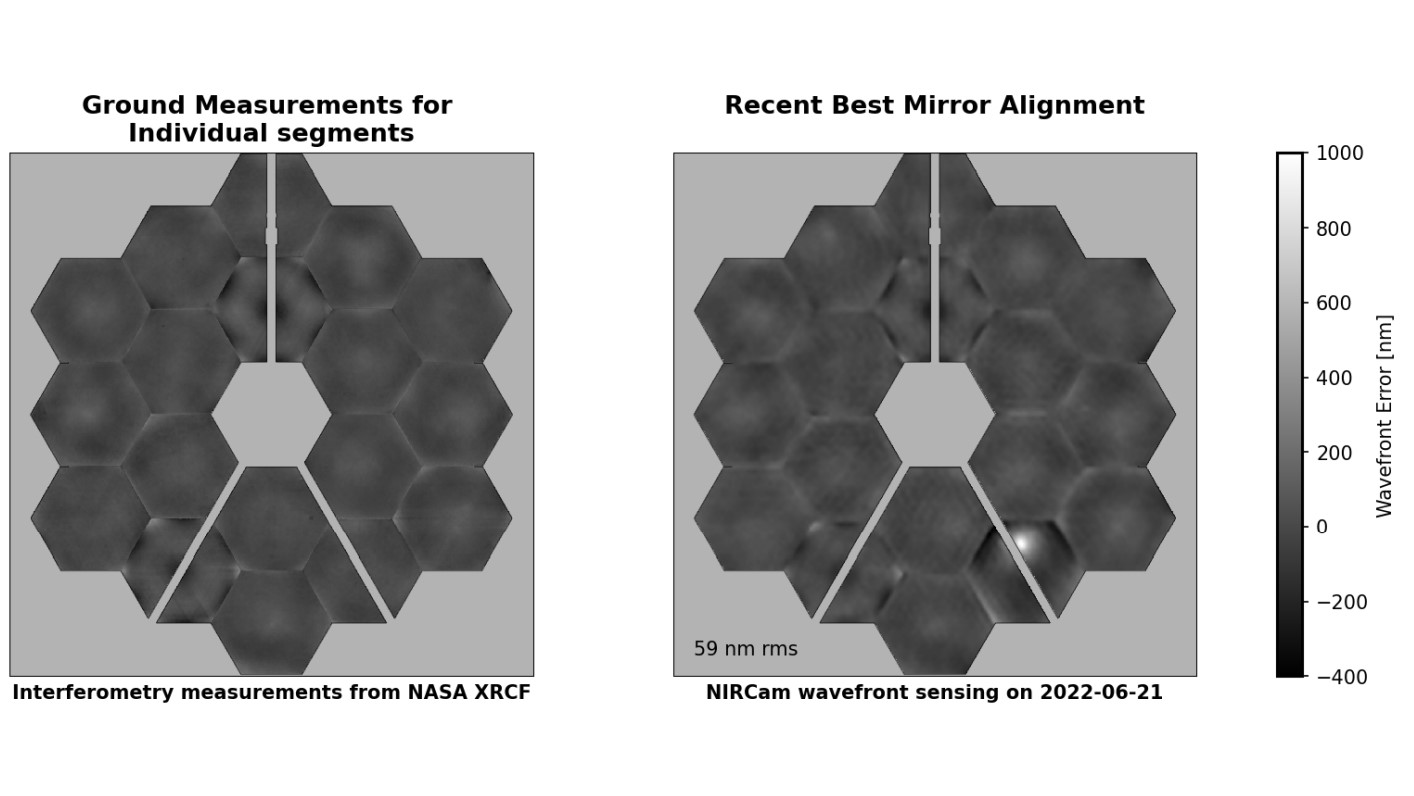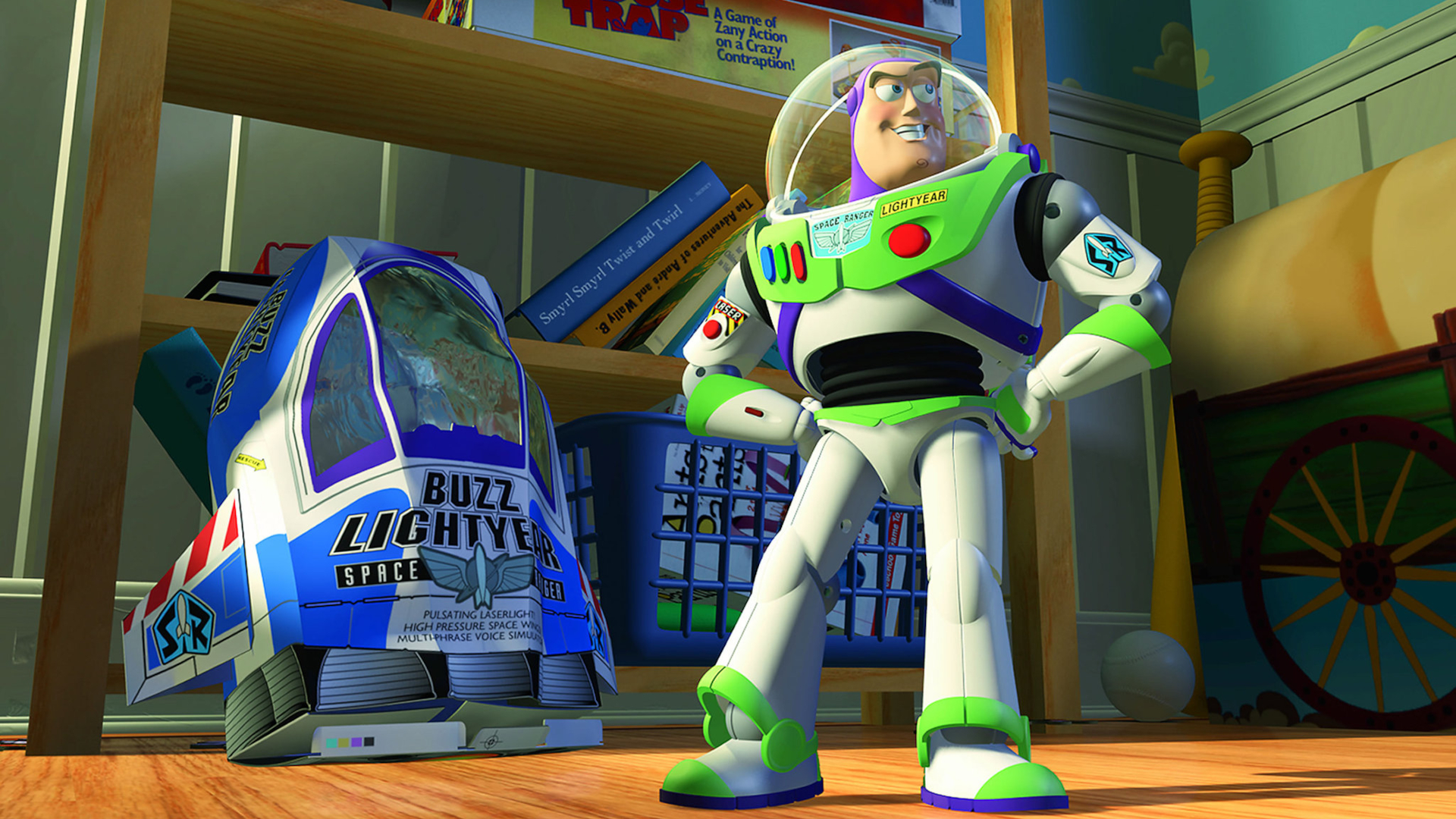James Webb Space Telescope picture shows noticeable damage from micrometeoroid strike
NASA is unsure how much of an effect space rocks will have on Webb's lifetime after the event 'exceeded prelaunch expectations of damage.'

A small space rock has proven to have a big effect on NASA's newly operational deep-space telescope.
A micrometeoroid struck the James Webb Space Telescope between May 22 and 24, impacting one of the observatory's 18 hexagonal golden mirrors. NASA had disclosed the micrometeoroid strike in June and noted that the debris was more sizeable than pre-launch modeling had accounted for. Now, scientists on the mission have shared an image that drives home the severity of the blow in a report released July 12 describing what scientists on the mission learned about using the observatory during its first six months in space.
Happily, in this case the overall effect on Webb was small. That said, the report outlines the investigation and modeling that engineers are undertaking to assess the long-term effects of micrometeroids on Webb.
Live updates: NASA's James Webb Space Telescope mission
Related: How the James Webb Space Telescope works in pictures
Based on fuel usage, the telescope should last 20 years in space. But scientists aren't sure how much of an effect micrometeroid strikes will have upon its operations, the report authors stated.
Micrometeroids are a known danger of space operations, and facing them is by no means new to scientists; the International Space Station and the Hubble Space Telescope are among long-running programs that are still operational despite occasional space rock strikes. However, Webb's orbit at Lagrange Point 2 about 1 million miles (1.5 million kilometers) away from the Earth may change the risk profile considerably.
Webb engineers first detected deformations on the primary mirror during the commissioning period during the alignment (or wavefront sensing) phase, which put the 18 segments of the hexagonal mirror into the best position to capture light.
Breaking space news, the latest updates on rocket launches, skywatching events and more!
These first six strikes met pre-launch expectations of rate as they came in at a rate of once per month, the report stated. Moreover, some of the resulting deformations are correctable through mirror realignments. But it's the magnitude of one of these six strikes that caused more concern, the paper noted, as it caused a significant blemish to a segment known as C3. The strike in late May "caused significant uncorrectable change in the overall figure of that segment," the report stated.
In this case, however, the overall impact to the mission is small "because only a small portion of the telescope area was affected." Seventeen mirror segments remain unblemished and engineers were able to realign Webb's segments to account for most of the damage.
Engineers are still modeling how frequently such events will occur. "It is not yet clear whether the May 2022 hit to segment C3 was a rare event," the team wrote. By "rare," they said it is possible that they happened to get a high-energy impact that should statistically happen only once every few years.
Alternatively, it may be that Webb is "more susceptible to damage by micrometeoroids than pre-launch modeling predicted," the team wrote. Modeling is ongoing to estimate the hazardous population of micrometeoroids and to figure out remedies, such as restricting pointing direction.
One remedy could be minimizing the amount of time Webb points directly into its orbital direction, "which statistically has higher micrometeoroid rates and energies," the team wrote.
Main mirror performance is assessed by how much it deforms starlight, according to Astronomy magazine, and measured using what scientists call wavefront error root mean square. When Webb's mission began, the affected C3 segment had a wavefront error of 56 nanometers rms (root mean square), which was in line with the 17 other mirror portions.
Post-impact, however, the error increased to 258 nm rms, but realignments to the mirror segments as a whole reduced the overall impact to just 59 nm rms. For the time being, the team wrote Webb's alignment is well within performance limits, as the realigned mirror segments are "about 5-10 nm rms above the previous best wavefront error rms values."
For now, engineers are keeping an eye on potential future dust-generating events such as in 2023 and 2024, when Webb is expected to fly through particles left behind by Halley's Comet, according to Nature.
NASA's meteoroid environment office at the Marshall Space Flight Center in Huntsville, Alabama is modeling the impact risk to Webb associated with Halley. NASA officials have also emphasized during recent media briefings that the micrometeroid issue has their full attention, Nature added.
Follow Elizabeth Howell on Twitter @howellspace. Follow us on Twitter @Spacedotcom and on Facebook.

Elizabeth Howell (she/her), Ph.D., was a staff writer in the spaceflight channel between 2022 and 2024 specializing in Canadian space news. She was contributing writer for Space.com for 10 years from 2012 to 2024. Elizabeth's reporting includes multiple exclusives with the White House, leading world coverage about a lost-and-found space tomato on the International Space Station, witnessing five human spaceflight launches on two continents, flying parabolic, working inside a spacesuit, and participating in a simulated Mars mission. Her latest book, "Why Am I Taller?" (ECW Press, 2022) is co-written with astronaut Dave Williams.

